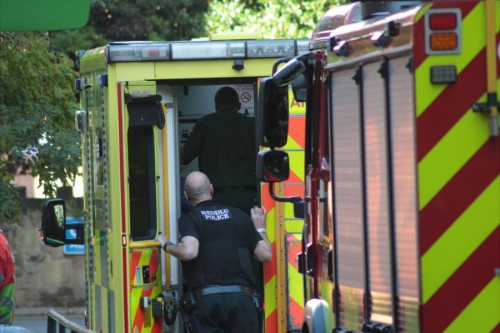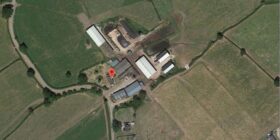Welsh Ambulance Response Time Targets Dropped For ‘Non Emergency’ Calls

Targets for ambulance response times in Wales are to be dropped, with a traffic light system to be introduced to provide immediate life-saving care to those who are the highest priority.
From October 1st 2015 the Welsh Ambulance Service will pilot a new clinical response model for 12 months which will
prioritise patient care and end the current practice of sending multiple ambulances to a 999 call to chase the eight-minute target.
As part of the new system, those people with an immediate life-threatening condition – such as a cardiac arrest – will continue to receive an immediate response from the Welsh Ambulance Service. All other patients will receive a bespoke clinical response, which is based on their health needs, rather than a generic response based on the 41-year-old time target.
The changes are being implemented in response to the McClelland review of ambulance services in Wales, which recommended the Welsh Government should consider moving away from the eight minute response time target, which was introduced 41 years ago, to a more intelligent set of indicators, which put a greater emphasis on patient outcomes and experience.
They come as figures published today show the Welsh Ambulance Service has achieved the best response time performance since November 2013. In June 2015, 61.4% of category A calls were reached within eight minutes – the sixth month in a row that response times have improved.
The new model will introduce three new categories of calls – red, amber and green – to replace the current system.
- Red calls are immediately life-threatening calls –someone is in imminent danger of death, such as a cardiac arrest. There is compelling clinical evidence to show an immediate emergency response will make a difference to a person’s outcome. The eight-minute target will be retained for this group of calls with an initial target of 65% receiving an eight-minute response
- Amber calls refer to those patients with conditions which may need treatment and care at the scene and fast transport to a healthcare facility, if needed. Patients will be prioritised on the basis of clinical need and patients will receive a fast, blue light response. There will be no time-based target for amber calls, instead a range of clinical outcome indicators will be introduced to measure the quality, safety and timeliness of care being delivered alongside patient experience information, which will be published every quarter
- Green calls are non-serious calls, which can often be managed by other health services, including healthcare advice or through self-care. This category also includes calls from healthcare professionals, which will be handled in a different, planned way in the future – this approach has been successfully piloted in the Cwm Taf University Health Board area
Deputy Health Minister, Vaughan Gething said: “The demands placed on our emergency ambulance service are more complex than ever before and are growing year-on-year. It is clear if we are to meet these demands and ensure the best outcomes for patients, we need to transform the way in which we deliver emergency ambulance services.
“The new clinical response model, which we will pilot in Wales, has been designed by Wales’ top ambulance service clinical leaders and is based on firm evidence. It is a move away from the system based solely on the eight-minute response time target, which was introduced 41-years ago, to one which measures how successful our ambulance clinicians are in ensuring they have the most positive impact on clinical outcomes and people’s quality of life.
“I am confident these changes will improve patient experience. They will also make emergency ambulance services in Wales among the most progressive and transparent in the world.”
The new model will give clinical contact centre call handlers extra time to prioritise those calls which are not instantly identified as immediately life-threatening before an ambulance is dispatched – similar to the English “dispatch on disposition” pilot.
Call handlers will have up to 120 seconds extra to ask important questions about a patient’s symptoms; identify the nature of their condition and the type of response needed – this may be an advanced paramedic who can provide treatment at the scene and prevent the need for further hospital treatment or an ambulance crewed by paramedics to treat and stabilise a patient before taking them to hospital. Many people will be advised over the phone, helping to reserve ambulance resources for patients who need them.
Tracy Myhill, chief executive of the Welsh Ambulance Services NHS Trust added: “Having a fast ambulance arrive at a patient’s door does not necessarily translate to a better outcome. However, having the right type of vehicle arrive at a patient’s door and timely transport to a treatment centre does.”
Spotted something? Got a story? Email [email protected]












